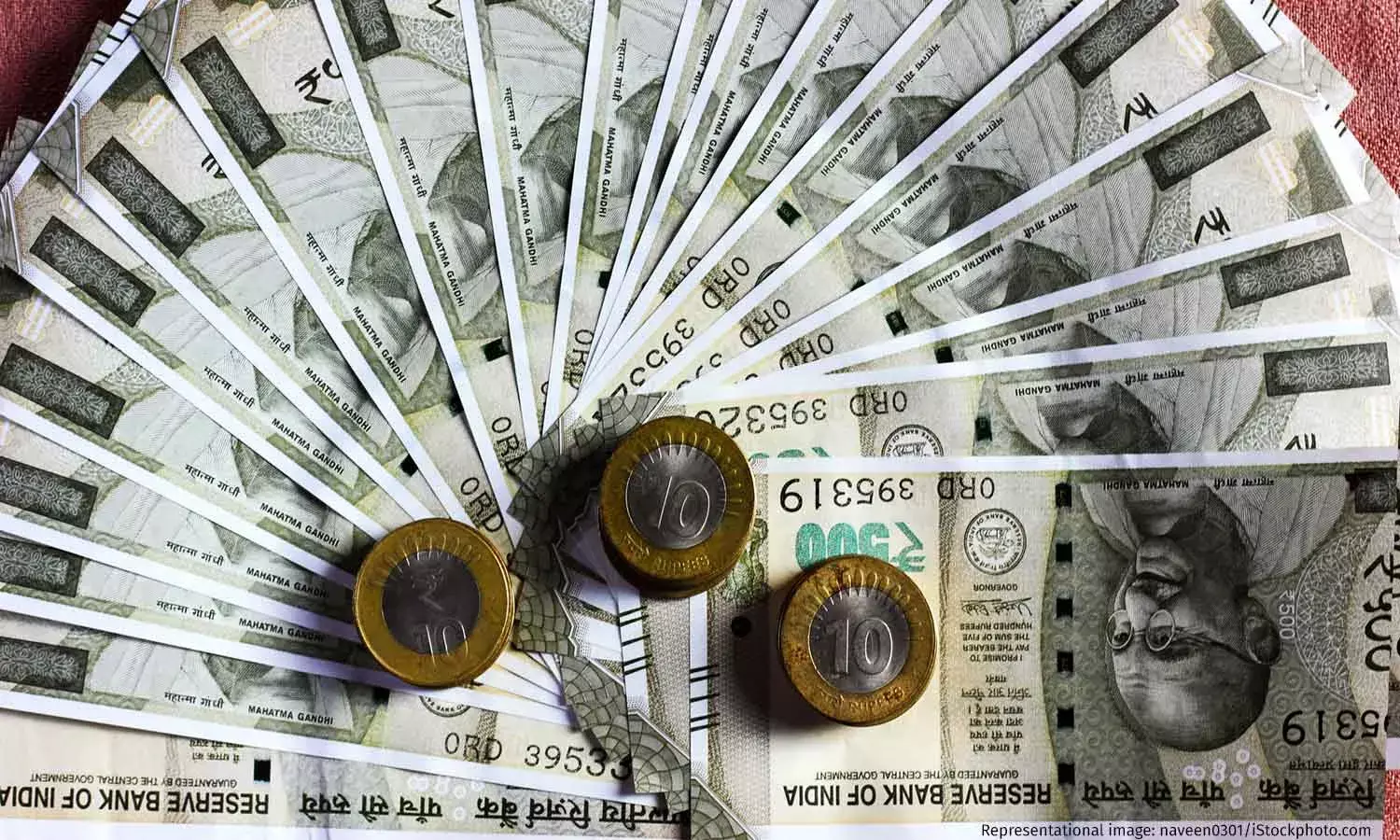#DataViz: The Changing Nature Of Fake Currency
A higher volume of counterfeit currency is now being seized in fewer cases, crime records show. Fewer notes are turning up in banks

Pune: In five years to 2021, fake currency notes seized across India more than doubled, even as cases filed for such seizures fell 50%, suggesting an increase in volume per seizure. In 2022, the latest year for which data are available with the National Crime Records Bureau (NCRB), Indian law enforcement agencies seized Rs 382 crore in 4.2 million fake currency notes. Compared to the previous year, this was seven times in volume and 19 times in value.
But fewer counterfeit notes are making it to the banks, data from the Reserve Bank of India (RBI) show. In 2022, banks detected about 230,000 fake notes--roughly two fake notes for every million notes in circulation. In 2016, before the government took the Rs 500 and Rs 1,000 notes out of circulation, seven notes per million were detected as fake in banks, as IndiaSpend reported that year.
By contrast, NCRB data for the same year show law enforcement seizing more than 4.2 million fake notes, equivalent to around 32 counterfeit notes per million.
Overall, per million notes of specific denominations in circulation by the end of March 2025, banks detected about two fake notes of Rs 100 and Rs 500 each, and four counterfeit Rs 200 notes.
In May 2023, Rs 2,000 notes were withdrawn from circulation although they continue to be legal tender. Correspondingly, the share of Rs 2,000 notes in fake notes detected by banks has since fallen--from a peak of 22,000 notes in 2018-19 to 3,508 in 2024-25. RBI statistics show that Rs 2,000 notes currently account for Rs 6,017 crore of cash in circulation.
Among states, Gujarat ranked at the top, while states such as West Bengal and Andhra Pradesh, which topped seizures earlier, have seen lower numbers. Karnataka and Bihar have seen increases in seizures.
“Despite the extent of counterfeiting being apparently small, it poses serious threats to the currency and financial system,” a 2013 working paper of the RBI noted, before detailing various measures taken by the government and the central bank to respond to the threat. It is “necessary to examine the level of counterfeiting on a regular basis”, it added.
In five charts, we examine recent trends in counterfeit currency in India and what the data reveal about how fake notes are evolving.
Fake note value surges
NCRB data compiled by Dataful show that counterfeit currency seizures have risen in recent years. Authorities seized, as we said, over 4.2 million fake notes worth Rs 382 crore in 2022, compared to about 356,000 notes worth Rs 28 crore in 2017--one year after the government took 94% of the currency out of circulation by scrapping the Rs 500 and Rs 1,000 notes. This is 12 times the volume and 13 times the value of notes seized.
RBI data, which track counterfeit notes detected in banks, shows the opposite trend. Detections have fallen from 762,000 notes in 2016‑17 to 217,000 in 2024‑25, RBI data collated by Dataful show.
New fake note hotspots
Delhi had the highest fake note seizures between 2016 and 2019. Maharashtra saw the highest in 2020. But Gujarat surpassed all states with over 3 million fake notes in 2022 alone.
Karnataka and Bihar have seen a rise in seizures: In 2022, Karnataka reported over 450,000 seized notes across all denominations, while Bihar recorded more than 270,000 notes.
West Bengal and Andhra Pradesh, which once saw higher numbers, have reported fewer cases in recent years.
More notes seized in fewer cases
According to NCRB data, cases registered for counterfeit currency have dropped over the last decade. In 2015, authorities recorded 1,662 cases involving fake currency notes. By 2021, this had fallen to 688 cases, a decline of about 60%.
Fake currency notes seized across India more than doubled during this period, suggesting, as we said, a higher volume of notes seized per case.
Rs 200 counterfeits rise
While fake Rs 500 notes remain the highest denomination detected in banks, RBI data show a steady increase in counterfeit Rs 200 notes since introduction in 2017. From 79 fake notes in 2017-18, the number detected in banks rose to 32,660 in 2024-25.
We welcome feedback. Please write to respond@indiaspend.org. We reserve the right to edit responses for language and grammar.


